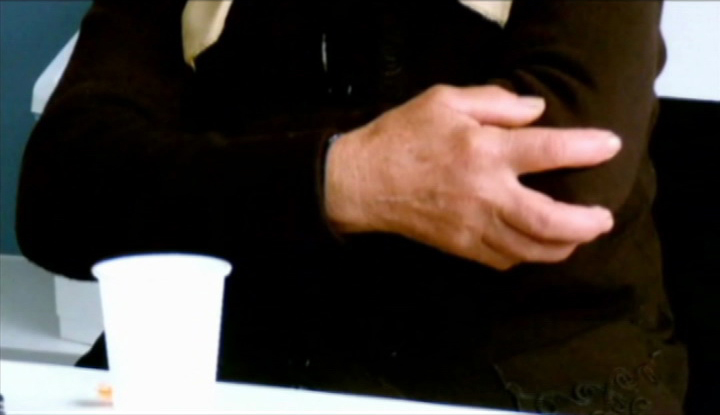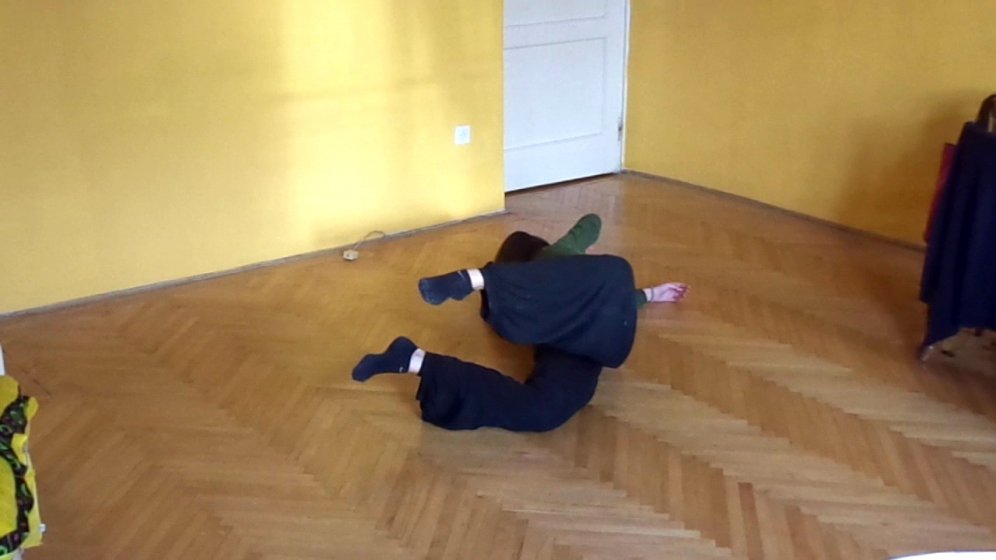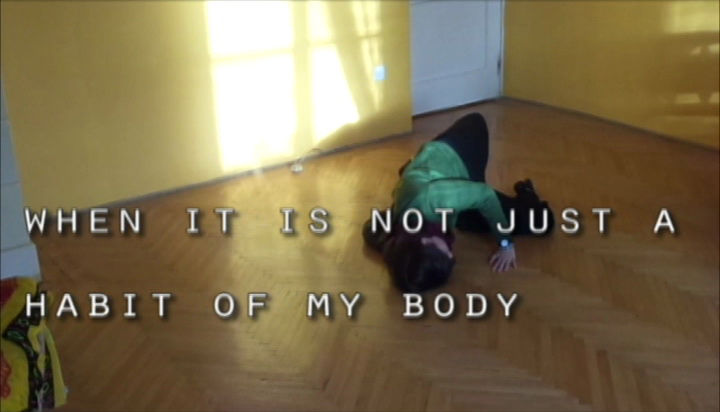The right to be forgotten
video
2014
in collaboration with dancers Signa Schiavo-Campo and Diana T Gutierrez
Manifesto
National Centre of Costume and Scenography (Centre national du costume de scène) in Moulins, France is an institution aimed to work with a theatre costume heritage. It has a collection of 10 000 theatre, opera and ballet costumes. The costumes are kept underground, in special storages. And to be preserved in the most efficient way they should be invisible and inaccessible – light, air and touch destroys them. They are stored on a special kind of racks, which are produced by the prisoners from the prison located not far from Moulins. The racks should be produced manually and if not made by the prisoners would have been very expensive. The invisible labour of the convicted for the invisible locked heritage.
Refined materials of the stage costumes were impossible to wash, so today one can see yellow spots of sweat around armpits. During a performance dancers exchanged costumes with each other or worn same costume in different acts, while those were still wet. The stains of sweat which burnt the fabrics is a manifestation of another invisible labour – of a dancer’s body on stage, of its effort, tension and discomfort, concealed behind a magnificent costume.
Being a dance researcher and a dancer I am dealing with multiple attempts to access a dance. For its understanding, transmission and preservation.
Dance archive can be built from video recordings and movement notation scores, from dance- related objects and publications. Both video and transcript mainly depicts a position of body in space and temporality of movement, its duration and dynamic. It captures the visible, the image of the moving body, however the experience, both physical and emotional, of an individual and specific body and of its relation with space and the other is convicted, concealed.
How an archive of something accessible only through a lived experience, embodiment, awareness and actuality is possible? And is it necessary?
How can I capture the material existence of a body – through observation, reproduction, conceptualisation in language?


